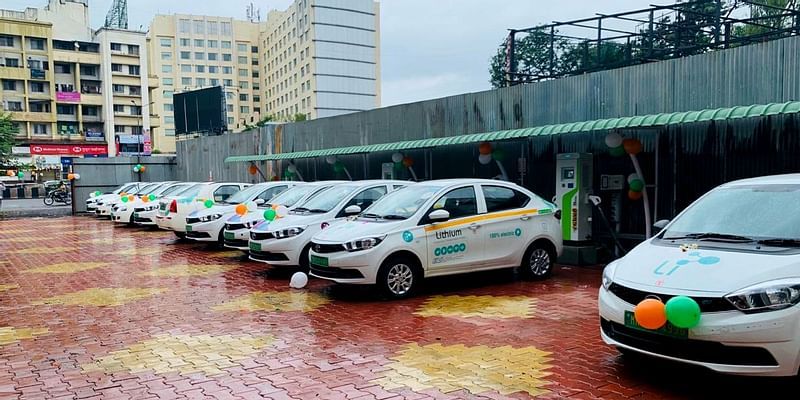

The Victoria Department of Transportation provided traffic data and information to support the creation of the app. We use a multidisciplinary approach, combining in-depth knowledge of mobility with vast amounts of real-time data analysis to predict and optimize traffic in major cities, âsaid Omid Ejtemai, Founding CEO of PeakHour Urban Technologies. ÂPioneering AI in real-time traffic forecasting is at the heart of this effort. to support PeakHour Urban Technologies with its artificial intelligence solutions. Industry partner PeakHour Urban Technologies developed the application’s AI core engine that runs on AWS and powers the engine’s predictive capabilities.ĪWS gives PeakHour Urban Technologies the scalability to ingest, store, and process large amounts of traffic data, the ability to adapt to an ever-changing transportation network, and the breadth and depth of cloud services.
#Peakhour urban technologies upgrade#
ÂIf we can upgrade the app to provide more accurate forecasting with machine learning and real-time data, it will soon be possible to significantly reduce delays at hotspots in Melbourne and in many places across the world. ÂThe application observes the nature of the traffic and uncovers complex traffic patterns on the network through machine learning embedded in the technology,â said Prof Sarvi. Transport engineering expert and director of AIMES Professor Majid Sarvi said the app can also optimize traffic lights for road vehicles, freight and public transport such as buses and trams.


University of Melbourne Australian Integrated Multimodal EcoSystem (AIMES) brought together PeakHour Urban Technologies, the Victoria Department of Transportation and Telstra to create a large-scale artificial intelligence application hosted on Amazon Web Services (AWS), which can predict traffic conditions in Melbourne. Launched today, a first global project aims to use artificial intelligence (AI) to predict traffic congestion up to three hours in advance, optimizing traffic in major cities and improving road safety in as part of the University’s smart city ecosystem. With new propositions including planning-operation alignment, crowd-sourced planning, agile planning and digital masterplanning together with a comprehensive digital infrastructure, we can improve the efficiency and effectiveness of planning work and turn people-oriented development to a reality.The app can optimize traffic lights for road vehicles, freight and public transport such as buses and trams. This Whitepaper, jointly developed by Arup and Alibaba Cloud Research Centre, explores how the urban planning and design industry can make good use of cutting-edge digital technology and ubiquitous city data. For the first time in history, we can now understand people’s collective behaviours via urban dynamic data, and use this to make better decisions for the next generations to come. In recent years, the application of new technologies such as the Internet of Things and mobile internet has resulted in an explosive growth of urban dynamic data.

Authoritative judgments and creative imagination fill the vacuum in planning techniques. The data sets they can often grasp are only peak-hour traffic records, decennial census data and survey responses from a thousandth of the population. For many years, urban planners and designers have been relying on personal experience, qualitative analyses and planning principles to formulate planning schemes that affect millions of people and billion dollars of construction investments.


 0 kommentar(er)
0 kommentar(er)
